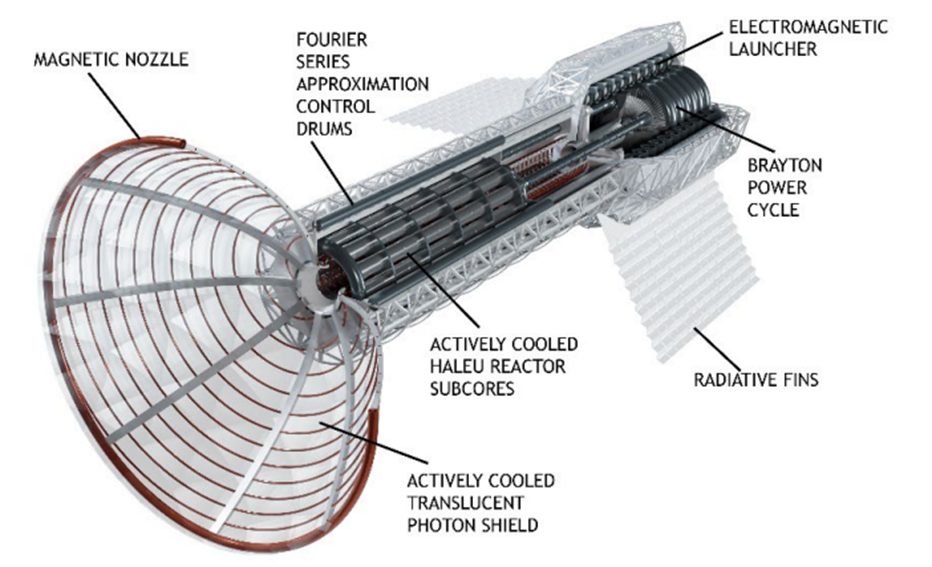Russia's New Plasma Device Set to Transform Ionospheric Research and Satellite Safety by 2025

Russia Unveils Advanced Plasma Device to Probe Satellite Engine Effects on the Ionosphere
Breakthrough Technology Delivered to Space for Atmospheric Research
A team from Moscow Aviation Institute has achieved a pivotal milestone in atmospheric science with the creation of an innovative pulsed plasma injector. This instrument, now stationed on the International Space Station, is set to begin operations in autumn 2025. Its primary role is to analyze how electrically powered propulsion systems on orbiting spacecraft influence the Earth's ionospheric layer. By deploying this device, researchers aim to observe subtle and large-scale changes that occur within the ionized section of the atmosphere, specifically after the activation of satellite thrusters.
Central to this scientific endeavor is the study of plasma dynamics arising when energetic particles are released by spacecraft engines. These reactions can cause the formation of electron-dense regions, potentially disrupting the intricate balance within the upper atmosphere. Understanding these processes is essential not only for academic curiosity but for the practical needs of ensuring robust, high-quality communications. Tracking how these plasma events unfold will yield critical answers about how signals travel and scatter in a region increasingly crowded by satellites using advanced propulsion systems.
Understanding the Stakes: Communication, Safety, and Natural Systems
The ability to investigate the aftermath of electric thruster operations marks a turning point in space engineering and environmental monitoring. The injector's measurements will provide fine-grained data on how artificial plasma clouds move and interact with natural ionospheric structures. Such insight will help determine safe operational limits for electric propulsion without risking excessive interference in global communications networks. The findings may also inform new procedures to enhance the safety of those aboard orbital stations by quantifying the exposure of astronauts to changes in electromagnetic concentrations caused by these propulsion events.
Furthermore, the interplay between man-made and natural atmospheric processes has profound implications for the Earth's environmental stability. As more spacecraft employ electric propulsion for maneuvering and orbital adjustments, there is a growing need to define what levels of artificial plasma release the ionosphere can tolerate without experiencing long-term damage. By simulating and observing these events in a controlled manner, researchers are opening the door to sustainable space exploration practices aligned with ecological stewardship and technological resilience.
Scientific Foundations and Forward-Looking Impacts
Plasma, in the context of Earth's atmosphere, refers to a state of matter where gases are energized until atomic electrons break free, creating ionized particles. The ionosphere, which stretches from about 60 to 1,000 kilometers above the planet, is crucial for reflecting and modifying radio signals, thus supporting everything from GPS navigation to emergency broadcasting. By introducing controlled pulses of plasma, the institute's device allows for precise measurement and modeling of energy transfer, charge migration, and electro-concentration formation—a prerequisite for mitigating unintended consequences in both civilian and scientific domains.
As space exploration evolves, the close collaboration between engineering innovation and environmental science will define future missions. The deployment and activation of this plasma injector represent a blueprint for proactive research, enabling a data-driven approach to policy, technology, and safety development. This project not only highlights the importance of understanding plasma-atmosphere interactions but also demonstrates a commitment to merging cutting-edge aerospace advancement with the preservation of natural phenomena vital to human progress.
